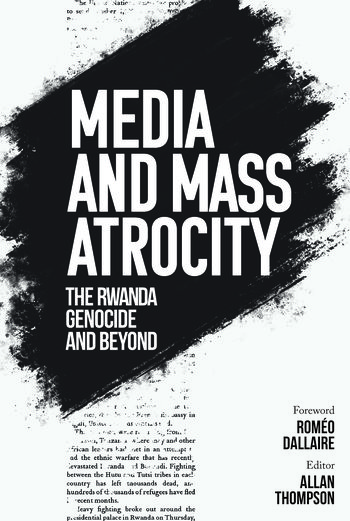‘Media and Mass Atrocity’ asks this critical question in an age of communications so dramatically influenced by social media and the relative decline of traditional news media. Below is an excerpt from the book.

The grainy video captured by a journalist in the first days of the 1994 Rwanda genocide lasts but a few minutes, yet tells us so much.
Two figures kneel in the dirt of a Kigali street, arms outstretched to the death squad members who moments later would brutally beat them to death with clubs.
The footage taken by British cameraman Nick Hughes and described in detail in Chapter 4 of this volume, tells the story of the final moments of two of the genocide’s early victims, murdered before the unflinching eye of the camera.
The recording broadcast within hours by CNN and other major outlets also showed us the crime of genocide, even though most of us didn’t fully understand what we were looking at.
And the fact that the rare footage marked one of the only instances of a journalist recording a killing during a bloodbath that claimed hundreds of thousands of lives speaks to the world’s indifference.
Another episode in the centuries-old kinship between conflict and media.
Conflict and brutality have long been a part of human society. And for as long as people have been inflicting harm — or, at worst, committing mass atrocities — someone has been there to observe what happened and relay that information to others.
Centuries before the evolution of modern-day journalism and media, scribes and participants in conflict recorded or reconstructed horrific scenes of human atrocity. In 401 BC, the Greek writer and mercenary Xenophon led his soldiers on an epic retreat and described the fearsome enemies who decapitated their
foes and gleefully carried the dismembered heads as trophies; the Jewish historian Josephus, in his 70 AD account of the siege of Jerusalem, wrote of a baby being cooked and eaten; the artist Francisco de Goya, in the early 1800s used lithographs — one of the first image reproduction technologies — to transcribe the savagery of the Napoleonic suppression of a Spanish uprising with images of mutilated bodies slung from trees.
As modern journalism evolved in the last few centuries with the advent of the professional war correspondent, coverage of conflict and mass atrocity has often come to be regarded as one of journalism’s most important pursuits.
“When human beings are at their worst — as they most certainly were in the tiny central African country of Rwanda during the 1994 genocide — we need the institutions of journalism and the media to be at their best.”
When human beings are at their worst — as they most certainly were in the tiny central African country of Rwanda during the 1994 genocide — we need the institutions of journalism and the media to be at their best. Sadly, in Rwanda, the media fell short, despite bringing us horrific reports and images that echoed Xenophon, Josephus and de Goya.
It has been 25 years since Rwanda slid into the abyss. The killings happened in broad daylight, but somehow still didn’t fully penetrate our consciousness. Confronted by Rwanda’s horrors, international news media at times turned away, or muddled the story when they did pay attention by casting it in a formulaic way as anarchic tribal warfare rather than an organized genocide.
Hate media outlets in Rwanda played a role in laying the groundwork for genocide, and then encouraged the extermination campaign. The international news media not only failed to fully grasp and communicate the unfolding genocide, but for the most part also overlooked the war crimes committed during the genocide and in its aftermath by the Rwandan Patriotic Front (RPF), which is still Rwanda’s ruling party, leaving us with a skewed narrative.
Media and Mass Atrocity: The Rwanda Genocide and Beyond, revisits the important case of Rwanda, but importantly, also examines how the nexus between media and mass atrocity has been shaped by the dramatic rise of social media in the years since.
Some argue that looking at the meeting
point between journalism and conflict affords us with an excellent opportunity
to scrutinize the very institution of journalism itself.
***
For my part, I came to Rwanda late. Before joining the faculty at Carleton in 2003, I was a career journalist with the Toronto Star, and in the early 1990s I was writing about foreign affairs in its Ottawa bureau. It is to my everlasting shame that I did not volunteer to go to Rwanda in 1994. I first visited the country in 1996 to report on the repatriation of Hutu refugees from the Goma region of what was then eastern Zaire. But Rwanda does get inside you and, since then, I think I have been trying to some degree to make amends for not having been there in 1994. Reviewing the Toronto Star archives, I found an article of mine published on April 9, 1994. I had forgotten ever having written it; perhaps it left my memory because it was such a dreadful piece of journalism. Written three days into the genocide, the article focused entirely on the evacuation of Canadian expatriates from Kigali and invoked every cliché of tribal conflict, chaos and anarchy.
When I finally did get to Rwanda in 1996, to report on the refugee crisis that was unfolding in the aftermath of the genocide, one of my main pieces of equipment was a large, bulky satellite phone, rented from a marina in Ottawa just before my flight to Africa. I had to carry it around in a large, insulated case. My driver in Rwanda referred to it as “the coffin.” I was able to use the satellite phone to report on the mass exodus of Rwandan refugees from Zaire back to Rwanda, in November 1996. I also reported on the massacre site we found in one of the abandoned refugee camps.
All this to say, in Rwanda in the mid-1990s there were no mobile phones and no social media. The internet was in its infancy. I filed my stories by dictating them to The Star rewrite desk over the satellite phone, or when I could get a landline in Rwanda, by connecting my computer using acoustic couplers.
How the world has changed. We are now saturated with social media, generated often as not by non-journalists. Mobile phones are everywhere. And in many quarters, the traditional news media continues to implode while social media seeps into the void.
Against this backdrop, it is more important than ever to examine the territory where modern media and mass atrocity intersect.
The book launch of ‘Media and Mass Atrocity: The Rwanda genocide and beyond’ will be held in Johannesburg, South Africa at the South African Institute of International Affairs on 15 April 2019. RSVP here.


